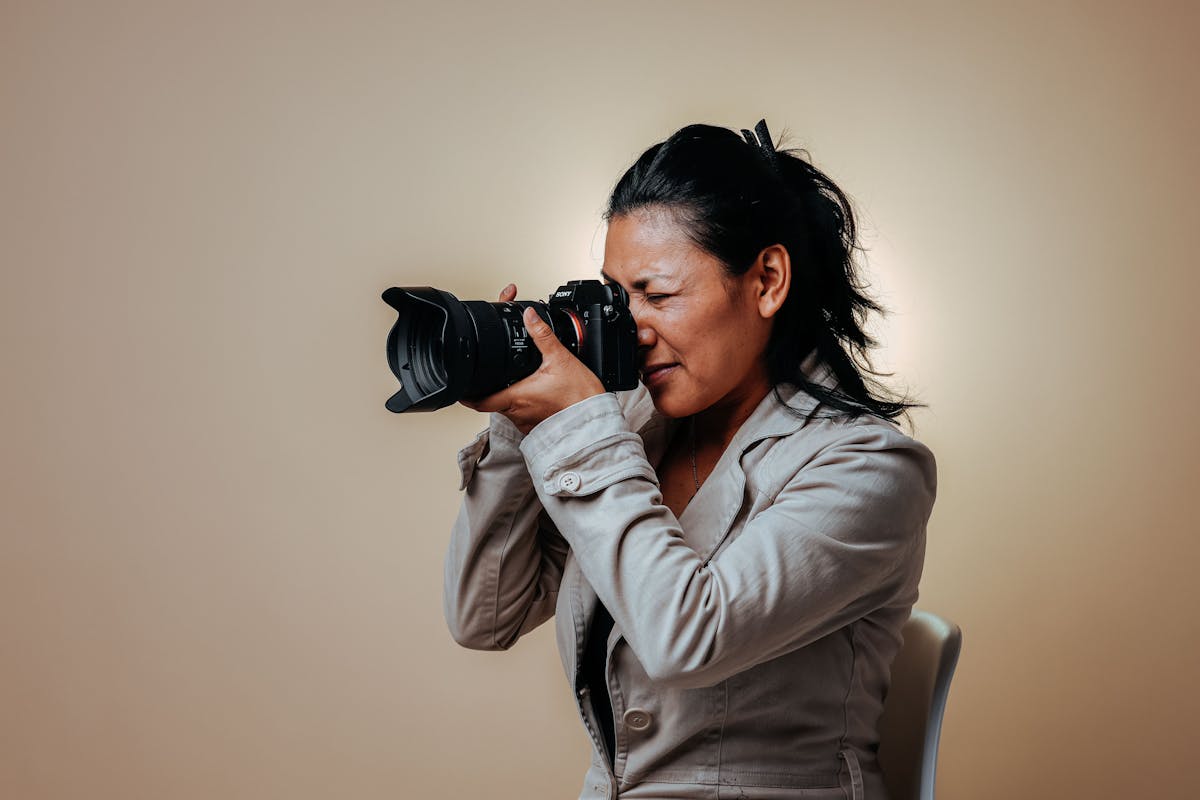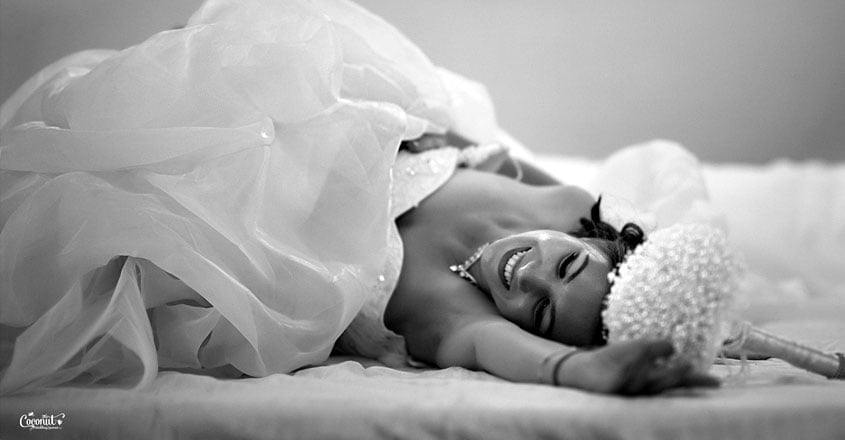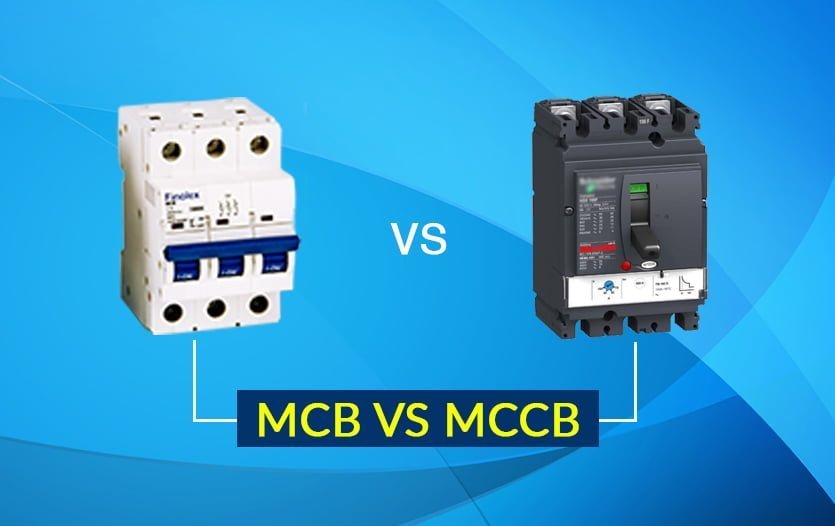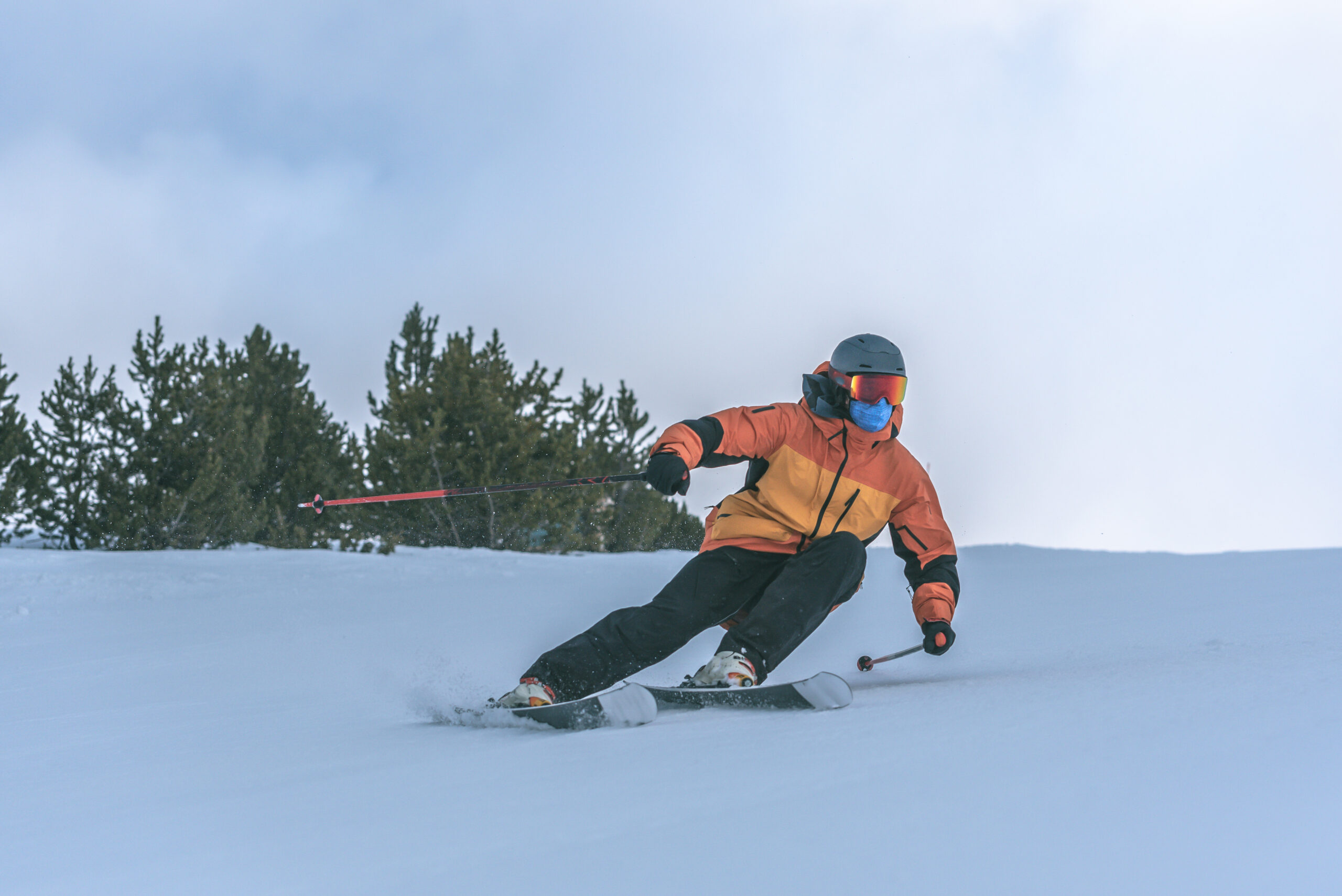Mastering Portrait Photography with Expert Techniques

Portrait photography is one of the most timeless and powerful genres in visual storytelling. At its core, portraiture captures more than just a person’s physical appearance—it reveals personality, mood, emotion, and even the essence of someone’s identity. Whether you’re a budding photographer or a seasoned pro aiming to sharpen your skills, mastering portrait photography requires a combination of technical knowledge, creative direction, and the ability to connect with your subject. In this article, we’ll explore expert techniques that can elevate your portraits from simple snapshots to compelling visual narratives.
Understand Lighting Fundamentals
Lighting is arguably the most important element in portrait photography. Mastering both natural and artificial lighting helps you control mood, shape your subject’s features, and highlight the right details.
Natural light is soft, flattering, and ideal for beginners. Shooting during golden hour—shortly after sunrise or before sunset—produces a warm, diffused glow that minimizes harsh shadows. When working indoors, position your subject near a window with indirect sunlight to create soft contrast and catchlights in the eyes.
Artificial light, including strobes, speedlights, and continuous lighting, gives you more control over the setup. Using a softbox or umbrella diffuses the light, creating even illumination across the face. A key light, fill light, and hair or rim light setup can add dimension and drama to a studio portrait.
Experiment with light direction to change the emotional tone of your image. Front lighting creates clarity and softness, while side lighting emphasizes texture and depth. Backlighting can be used creatively for silhouettes or rim-lit effects.
Master Camera Settings and Lenses
Your camera settings and lens choice have a significant impact on your portrait results. Use a wide aperture (f/1.8 to f/2.8) to achieve a shallow depth of field, which beautifully blurs the background and makes your subject pop. This technique draws the viewer’s attention directly to the person being photographed.
Choose a longer focal length, such as 85mm or 105mm, to avoid distortion and achieve flattering compression of facial features. Prime lenses are a favorite among portrait photographers for their sharpness and bokeh quality.
In manual mode, keep ISO low (100–400) to avoid grain, adjust shutter speed based on movement (around 1/125 or faster), and fine-tune your aperture for the desired focus and background separation.
Build a Connection with Your Subject
One of the most overlooked techniques in portrait photography is the human element—connecting with your subject. Establishing rapport and trust helps your subject feel comfortable, which results in more natural and expressive photos. Talk to them before and during the shoot, offer clear but relaxed direction, and let them see a few test shots to build confidence.
Avoid stiff poses by encouraging movement. Ask your subject to walk slowly, look away, or engage with their surroundings. Capture candid moments between poses—they often result in the most authentic portraits.
Use Creative Composition and Framing
Beyond the technical settings, how you compose your shot makes a huge difference. Follow the rule of thirds by placing your subject off-center to create a balanced and dynamic composition. Use leading lines to draw the eye toward the subject, or frame them within natural shapes like windows, doorways, or arches.
Don’t be afraid to experiment with angles. Shooting from above can emphasize vulnerability or elegance, while shooting from below can convey strength and presence. Cropping tightly around the face adds intensity, while wider compositions tell a story about the subject’s environment.
Pay Attention to Backgrounds
A cluttered or distracting background can ruin an otherwise excellent portrait. Choose backgrounds that complement the subject without stealing attention. Solid colors, textured walls, open fields, or neutral urban settings are all great options.
If you’re shooting in a busy area, use a wide aperture to blur the background or reposition your subject for better framing. Keep an eye out for elements that unintentionally intersect with the subject’s head or body, like poles or lines, and adjust your angle accordingly.
Incorporate Props and Styling
Props can add context and personality to your portraits. Whether it’s a hat, instrument, book, or meaningful object, props help tell your subject’s story. Similarly, wardrobe choices can convey mood, character, or narrative. Advise your subject on what to wear based on the location, concept, and colors that will photograph well.
In event settings, where you may be capturing a high volume of guests, using a photo booth rental San Diego can offer a creative alternative to traditional portraits. It allows people to pose in a relaxed, spontaneous environment while still achieving quality imagery. Custom backdrops and fun props also encourage interaction, adding personality to every photo.
Edit Thoughtfully and Professionally
Post-processing is where good portraits become great. Start by adjusting exposure, contrast, and white balance. Use tools like frequency separation or dodge and burn to smooth skin and enhance facial structure without making the subject look unnatural.
Pay attention to the eyes—they should be sharp and bright, as they are often the focal point of a portrait. Retouch distractions but keep textures and expressions intact to preserve authenticity. Consistency in editing also helps create a recognizable style that strengthens your professional brand.
Practice with Purpose
Finally, the most effective way to master portrait photography is through deliberate practice. Challenge yourself with different lighting conditions, diverse subjects, and new locations. Review your work critically, seek feedback, and always look for ways to improve. Every session is an opportunity to refine your technical skills, experiment creatively, and connect more deeply with your subject.
Conclusion
Mastering portrait photography involves more than just camera knowledge—it’s about understanding light, composition, connection, and storytelling. With the right techniques and a thoughtful approach, you can create powerful portraits that resonate with viewers and reveal the depth of your subject. Whether you’re working in a studio, capturing a candid moment, or even integrating a photo booth rental into your event coverage, the principles of expert portrait photography remain the same: be intentional, be creative, and above all, be human.








